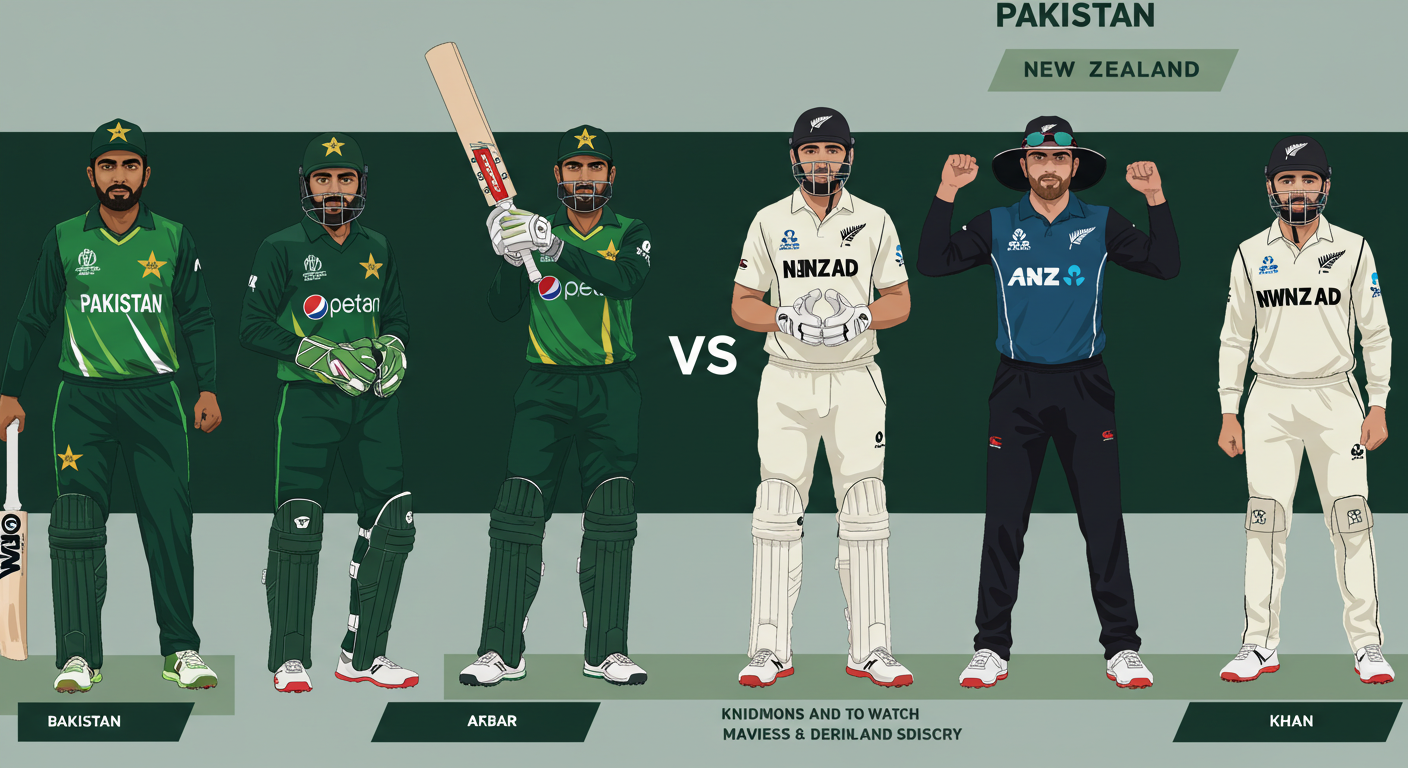Pakistan Cricket’s Current Team Coach: A Deep Dive

Pakistan Cricket’s Current Team Coach: A Deep Dive into Performance and Challenges
Pakistan cricket, a nation steeped in passionate fandom and fervent hopes, has recently seen a shift in its coaching leadership. Understanding this critical role is vital to appreciating the team’s current trajectory and future prospects. This article delves deep into the complexities of the current Pakistan cricket team coach, providing insight into their background, strategies, and the challenges they face.
Click here to learn about the specific coaching philosophies and playing styles impacting Pakistan’s performance.
A Look at the Current Landscape
The current landscape of Pakistan cricket is marked by a blend of exhilarating victories and frustrating setbacks. The team’s performance is a complex interplay of various factors, including the individual abilities of the players, the team’s tactical approach, the coach’s leadership, and external pressures. The role of the coach in all of this is undeniably significant.
The coach acts as a crucial link between the players and the management, translating the vision of the Pakistan Cricket Board (PCB) into tangible on-field strategies. Effective communication, understanding individual player needs, and the ability to motivate the team through challenging phases are essential responsibilities.
Beyond these basic requirements, the demands of modern international cricket place considerable pressure on the coach. The ever-evolving game requires adaptability, innovative thinking, and the ability to quickly respond to changing circumstances and player performances. This necessitates a constant process of assessment, adjustment, and refinement in approach.
The Coach’s Background and Experience
We must first explore the coach’s prior achievements and experience. Their experience with different playing styles, cultural contexts, and levels of competition provides valuable insights. Furthermore, their understanding of Pakistani cricket’s history and the expectations of its passionate fan base is critical to their success.
A thorough examination of the coach’s coaching philosophy and background is essential. Has the coach brought a fresh perspective or a continuation of a particular style? Understanding their approach to player development, skill enhancement, and mental conditioning can be incredibly revealing.
Examining their previous coaching experiences and evaluating their successes and failures, relative to other teams they have coached, is a vital part of evaluating their suitability for the Pakistan Cricket Team. We need to understand their strengths and weaknesses to gain a clearer picture of the current dynamic. Have they demonstrated an ability to nurture talent, instill discipline, and inspire teams towards excellence? The answers to these questions can have a major impact on the team’s trajectory.
Strategic Approach and Tactical Innovations
The current coach’s strategic approach is paramount. This includes the team’s batting, bowling, and fielding strategies. How has the coach adapted the existing playing style to contemporary challenges in international cricket? For instance, how are the batters managing different bowling styles, or how is the bowling attack utilizing different tactics to counter opponents?
Are there any noticeable changes or tactical innovations introduced under the current coaching regime? Have these changes proven successful, or have they presented new difficulties? The assessment of tactical decisions is crucial to assessing the overall impact on team performance.
Evaluating the coach’s ability to adapt strategies based on the opposition’s strengths and weaknesses is also essential. Adaptability is a critical trait in today’s fast-paced cricket environment. Does the current coach demonstrate the ability to adjust and innovate, or are they stuck with rigid, ineffective approaches?
Dealing with Internal Pressures and External Expectations
Pakistan cricket faces considerable internal and external pressures. Internal factors include player relationships, individual egos, and team dynamics. External pressures stem from media scrutiny, the expectations of the PCB, and the unwavering support (and sometimes criticism) of the passionate Pakistani fan base.
How is the coach managing these pressures? Does the current coaching structure appear conducive to effective communication and player support? Effective stress management, balanced communication, and the ability to navigate challenging interpersonal dynamics are vital to the coach’s success.
Player Development and Motivation
The coach’s role in player development and motivation is equally important. Is the coach providing players with appropriate training, advice, and encouragement to optimize their skills? Does the coach prioritize individual player needs, taking into account diverse backgrounds and personalities? How is the coach nurturing leadership qualities within the team? These are all crucial aspects.
Furthermore, does the coach’s approach encourage a positive and supportive team environment where players feel motivated and confident? Is there an evident strategy for both individual and collective growth? An understanding of the coach’s approach to these aspects of player development is vital to assessing the program’s effectiveness.
Analyzing the impact of coaching on the players’ performance, attitude, and overall development is key to understanding the team’s trajectory.
Conclusion
The role of the Pakistan cricket team coach is multifaceted and demands a range of skills. Understanding the intricacies of their role, from their strategic approaches to their ability to handle pressures, offers important insight into the team’s current and future prospects. This deeper examination clarifies that the coach plays a critical part in shaping the team’s journey, influencing player development, team dynamics, and the final results on the field. Success is a multifaceted outcome.
Ultimately, the performance of the Pakistan cricket team under the current coach hinges on many factors, and a complete analysis necessitates a holistic approach, considering both individual and collective aspects of their performance.
We can further delve into specific incidents and analyze the effectiveness of various coaching decisions, using data-driven insights from recent matches and player interviews. This would provide a more tangible evaluation of the current coaching performance.
Further research into the coach’s background, experience, communication skills, and understanding of the game could contribute to a more comprehensive and informed overview.